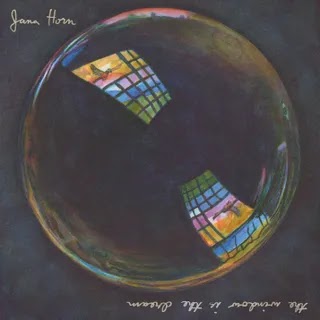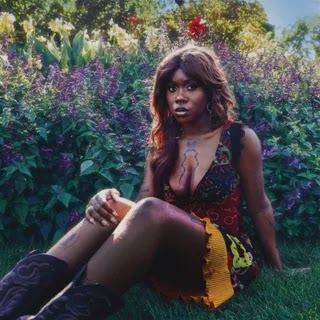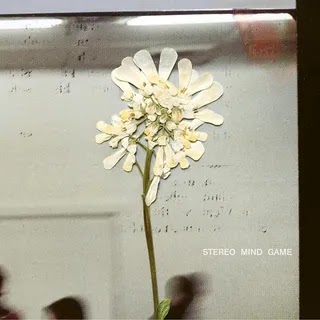Blending misty ambience with introspective folk songwriting, the Los Angeles artist’s full-length debut is less about specifics than the way it all smears together.
With just two EPs and a couple standalone singles, Helen Ballentine, the Los Angeles singer-songwriter who records as Skullcrusher, has honed in on a sound that’s both familiar and bracingly distinctive. The market for vulnerable, downtempo acoustic music is a crowded one, but with her focus on the ambient side of folk—songs as haunted whispers, emphasizing texture over structure—Ballentine has carved out her own dusky niche. Shades of Elliott Smith, Nick Drake, Phil Elverum, and Phoebe Bridgers exist not within some anxiety of influence, but as benevolent force ghosts: a comfortable and comforting presence on the periphery. Ballentine is engaged with this constellation of forebears, but she’s only ever beholden to her own vision.
Quiet the Room, her debut full-length, is the clearest look yet at that vision, interspersing hushed, resonant sonics with a few genuinely staggering moments of songwriting. Ballentine’s strengths are most apparent in the feel of this album, which is consistently rich and gauzy. Even the clearest acoustic guitar licks are somehow buried beneath a persistent field of sustain and mild distortion. On “Whistle of the Dead,” one of a few instrumental tracks, garbled recordings of a toddler’s voice share the air with chirping crickets and slow, filtered piano. Around the midway point of “Window Somewhere,” Ballentine ditches language altogether, turning prolonged “oohs” and “aahs” into another element of a spare, misty backdrop.
The production on “Lullaby in February” takes cues from windblown Grouper albums like Grid of Points and Shade, and its lyrics allude to a similar kind of blustery remove; in the wintery, light-suffused world Ballentine conjures, one is always “looking,” always “picturing.” She is keenly attuned to the quiet magic of perception—she’s concerned not just with the thing experienced, but with the act of experiencing. “Late at night I hear a name I don’t recognize/I’m in my bed but it feels weird/Where is my body?” she sings on “Pass Through Me,” capturing the feeling of temporal dissociation, a kind of sensory lag. Right around the album’s midpoint, a song called “Could it be the way I look at everything?” explores the question of subjective experience atop skeletal fingerpicked guitar. Though Ballentine’s lyrics often cast the world as distant or out of joint, that pervading sense of disconnection is ultimately less about specifics and more about the way it all smears together: the ghostly afterimages you’re left with in the quiet, the impressions that linger when the world feels out of focus.
The best moments on Quiet the Room—the propulsive folk bounce of “Whatever Fits Together,” the exhilarating final minute of “It’s Like a Secret”—are also the most engaging. It’s when the music retreats into airy, diffuse corners that it can start to feel untethered. “Sticker,” although pretty, scans as syrupy and indulgent, its sense of stasis unearned. The same goes for “Building a Swing,” which taps into a vein of puddly ambience and never quite finds its shape. In these wispy, drawn-out lulls, I found myself craving more substance: On the excellent “Song for Nick Drake,” released early last year, Ballentine knew exactly what she wanted to say; here, she’s content to keep things more abstract. In that sense, the fact that Quiet the Room feels like a weighty mission statement turns out to be a double edged sword. It’s one thing to announce yourself; where do you go once you’ve arrived?
















0 comments:
Post a Comment